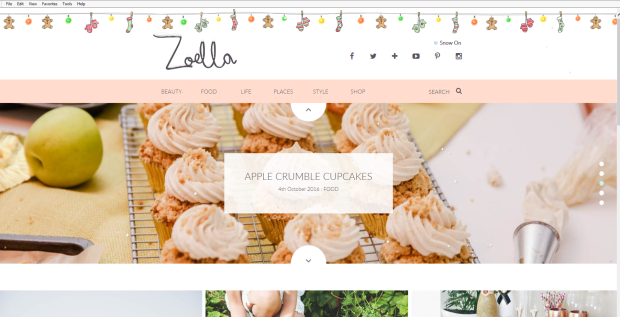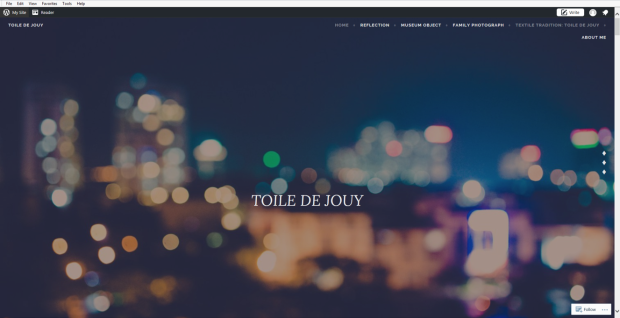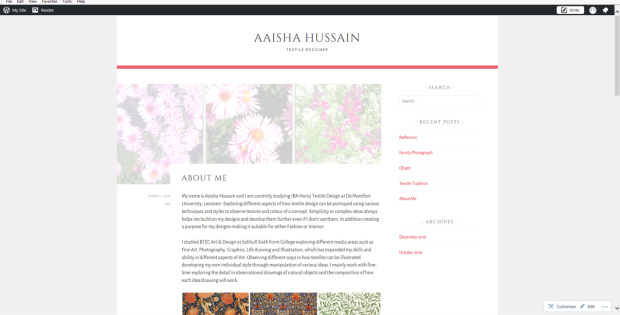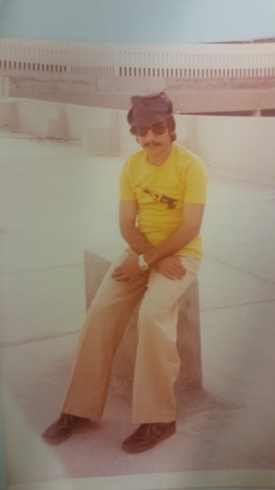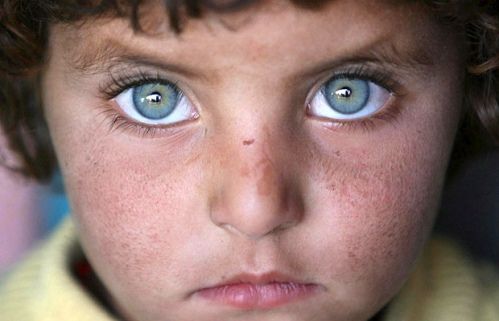
FIGURE 1: Turban ornament, India and Pakistan, early 18th century, set with rubies, emeralds, pale beryls and diamonds.
During October 2016 I visited the London, Victoria and Albert museum founded in 1852 with objects as old as 5,000 years, exploring different artefacts and objects around a variety of countries surrounding Fine art, Architecture, Textiles, Fashion, Pottery and many other areas related to Art. (Victoria & Albert, n.d.) The Turban ornament was created in India and Pakistan round the early 18th century designed with different types of jewels such as rubies, pearls, emeralds and diamonds. India is surrounded by a vary of religions one of, which resembles a traditional clothing worn by Sikhs known as a Turban pinned with a headpin like the one shown above. The Turban originated from Punjab, the city of Amritsar. (Cole, W. O 1973)
A turban can be worn by both men and women and covers the long hair to make sure their appearance is clean and tidy, known as ‘kesh’, although they can use a comb known as ‘Kanga’. The turban is very important in the Sikh culture and is taught within the Guru Gobind Singh, creator of the Khalsa. The ‘Khalsa’ was one of things most Sikhs should follow and they believe any rules that influence him through dress sense they should follow. The turban can have many meanings and can remark family friendship. The turban comes under the ‘five Ks’ relating to a rule from Sikhism, many Sikhs start wearing the turban when starting school. Although in India the main starting age is 16-18 to make it easier for them to understand how they should wear it. The turban relates to status and everyday actions in the East and the colour is usually white, red, blue or green. (Cole, W. O. 1973)

FIGURE 2: Looking Beyond the Turban
India had many influences within its culture and society, one of which is when Islam came into India and developed the education within science and arts adapting within the lifestyle and civilisation in India. (Kureishi, R. 1997)
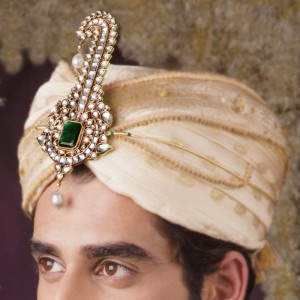
FIGURE 3: Kalgi Sarpech-Turban Ornament
The turban ornament like the one above comes to the front to hold it together they are very pretty and encrusted with different pearls and a diamond stone on various ones, all turban ornaments are emphasised with originality and have different styles to each one. (Sarpech, K.) Indian jewellery evolved over 50 years and the change within their designs had an impact on the way jewellery was created. The main feature the stone was always inputted within the jewellery like the turban ornament, although the stones that were worth less of value were sold off for less than what they invested. (BHUSHAN, B. J. 1964)

FIGURE 4: An 18th century Indian emerald and diamond sarpech, Deccan, late 18th-early 19th Century
In the above picture is one my favourite turban ornaments I like the emerald stones dangling from the jewellery and the other clear diamonds encrusted within. I think each ornaments represents something and are all designed for modesty for both Sikh men and women. The main use for the ornament is to pin through the turban so the hair is covered and tucked in neatly and to prevent young boys from being bullied in school for the length of their hair. (Cole, W. O 1973)
Bibliography:
BHUSHAN, B. J. (1964) Indian jewellery, ornaments and decorative designs, Bombay: Taraporevala, 2nd ed.
COLE, W. O. (1973) A Sikh family in Britain, Oxford: Religious Education Press
Kalgi Sarpech-Turban Ornament [Online], Available from:http://jewellery-indiaa.blogspot.co.uk/2009/08/sarpech-ornament-for-turban.html [Accessed 11/12/16]
Kureishi, R. (1997) The New Pakistan, London: Bell
VICTORIA & ALBERT MUSEUM. (n.d.). About Us [Online] Available from: https://www.vam.ac.uk/info/about-us [Accessed 10/12/16].
Image Reference
FIGURE 1: Turban ornament, India or Pakistan, early 18th century, set with rubies, emeralds, pale beryls and diamonds [Online Image] http://www.vam.ac.uk/content/articles/l/life-and-art-in-the-mughal-court/ [Accessed 09/12/16]
FIGURE 2: (2013) Looking Beyond the Turban [Online Image] http://www.wupr.org/2013/11/20/looking-beyond-the-turban/ [Accessed 09/12/16]
FIGURE 3: Kalgi Sarpech-Turban Ornament [Online Image] http://jewellery-indiaa.blogspot.co.uk/2009/08/sarpech-ornament-for-turban.html [Accessed 10/12/16]
FIGURE 4: An 18th century Indian emerald and diamond sarpech, Deccan, late 18th-early 19th Century [Online Image]http://www.alaintruong.com/archives/2012/11/01/25477908.html[Accessed 11/12/16]
